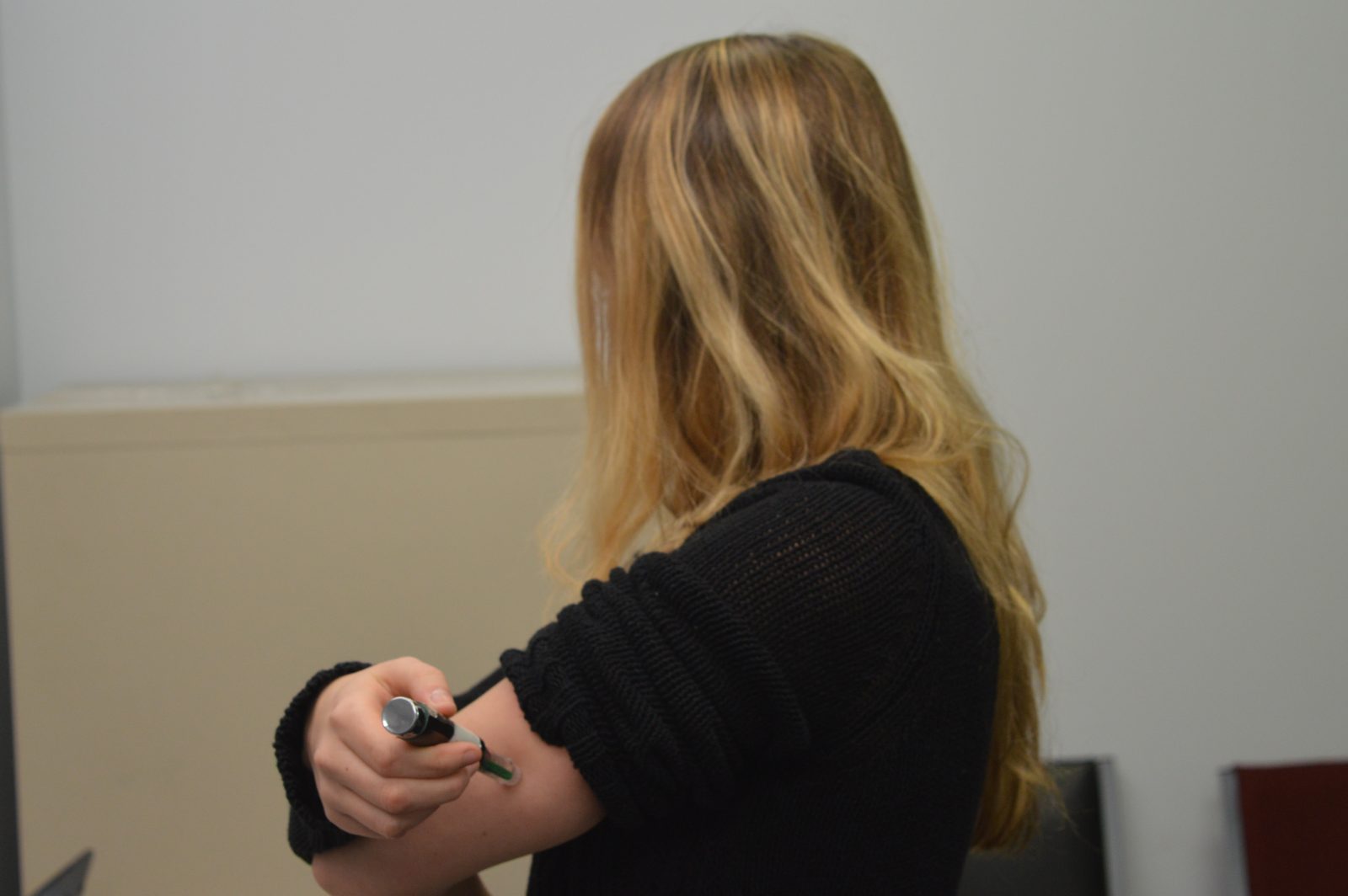I still remember the moment I found out I have type one diabetes when I was 10-years-old.
I was in my living room playing with Barbies when my mom appeared from upstairs, phone in hand, having received a call from my doctor. The next thing I knew my dad hoisted me up in his arms, crying. I started crying too because I didn’t know what was happening to me, but I knew that I was sick.
I remember my mom gently explaining to me that my life was about to change forever and that it would become a little bit harder. She said that I couldn’t have as much sugar anymore. While my mom was in the shower and my dad went to get gas for our trip up to the Children’s Hospital of Eastern Ontario (CHEO), I thought to myself ‘This is it, I can never have sugar again.’ I sauntered over to my fridge, dramatically swung the door open, grabbed a large bottle of Dr. Pepper and savored every glass that I knew I shouldn’t be having.
For months prior to my diagnosis, I had been experiencing the tell-tale signs of hyperglycemia: excessive thirst, excessive urinating, extreme fatigue, weight loss, trouble concentrating and blurred vision. I was in grade five at the time and I would bring money from my piggy bank to school for extra water from the vending machine. I would get in trouble for asking to go to the washroom too many times. Having just finished sixth in Canada in my age category for highland dancing, I suddenly barley had enough energy to walk on stage; I felt like I was letting everyone down.
Type one diabetes is an autoimmune disease that currently has no cure. In 1922, Canadian scientists Frederick Banting and Charles Best successfully developed insulin injection treatments, ultimately saving the lives of millions. Prior to the use of insulin injections, type one diabetics could live up to two years from diagnosis through a ‘starvation diet’. Type one diabetics rely on the use of insulin to survive; I personally take six injections daily. Type one diabetes is often confused with type two diabetes, but type two diabetes may be treatable through diet and exercise.
Type one diabetes presents daily challenges, including multiple injections and finger pricks, balanced rest, diet and exercise and dealing with symptoms of hyperglycemia and hypoglycemia. It is estimated that currently over 300,000 Canadians live with the disease. I encourage everyone to be aware of the symptoms, educate themselves and contribute to organizations fighting for a cure and the betterment of quality of life. November 14 marks World Diabetes Day annually, honouring Banting’s birthday.



